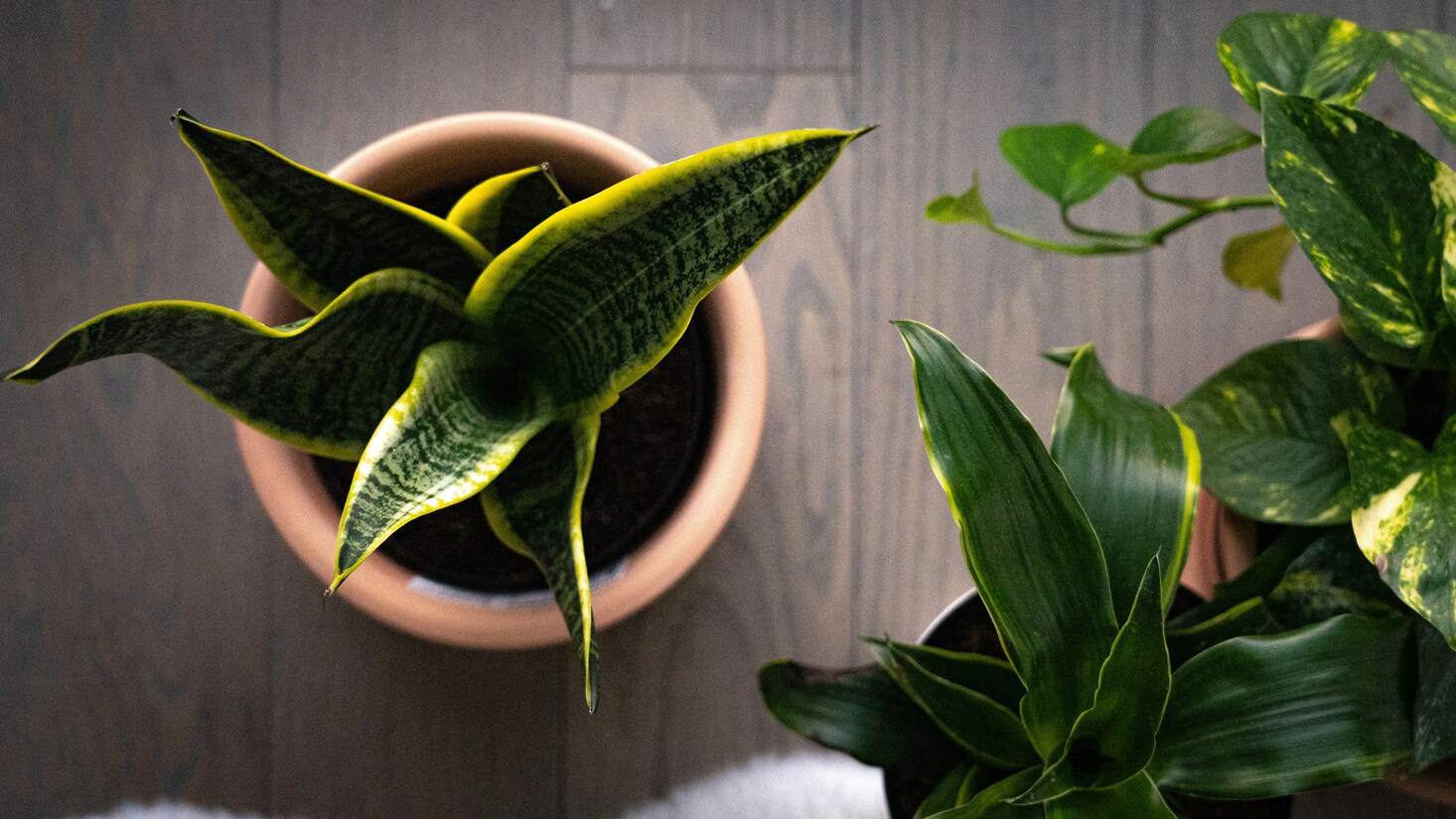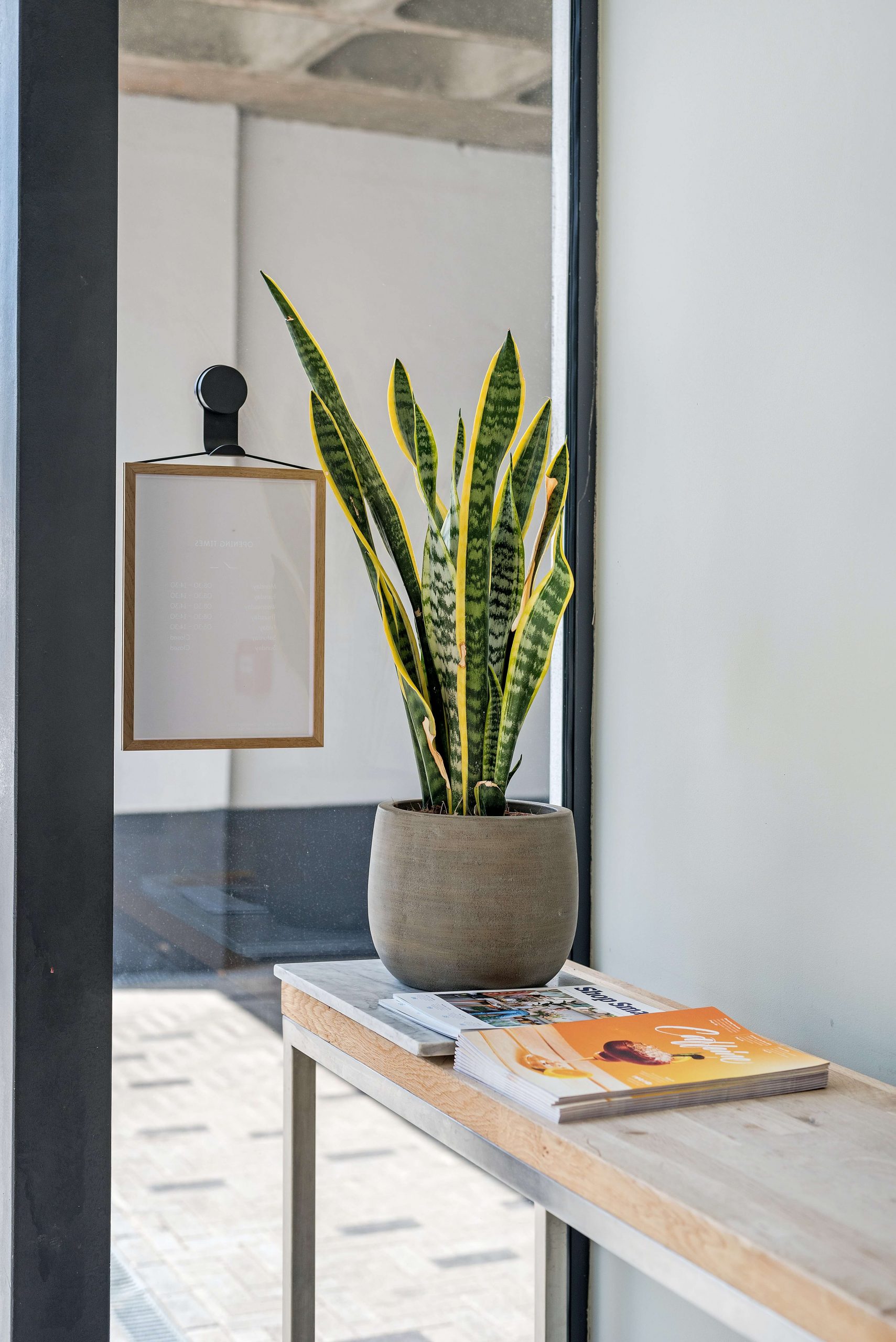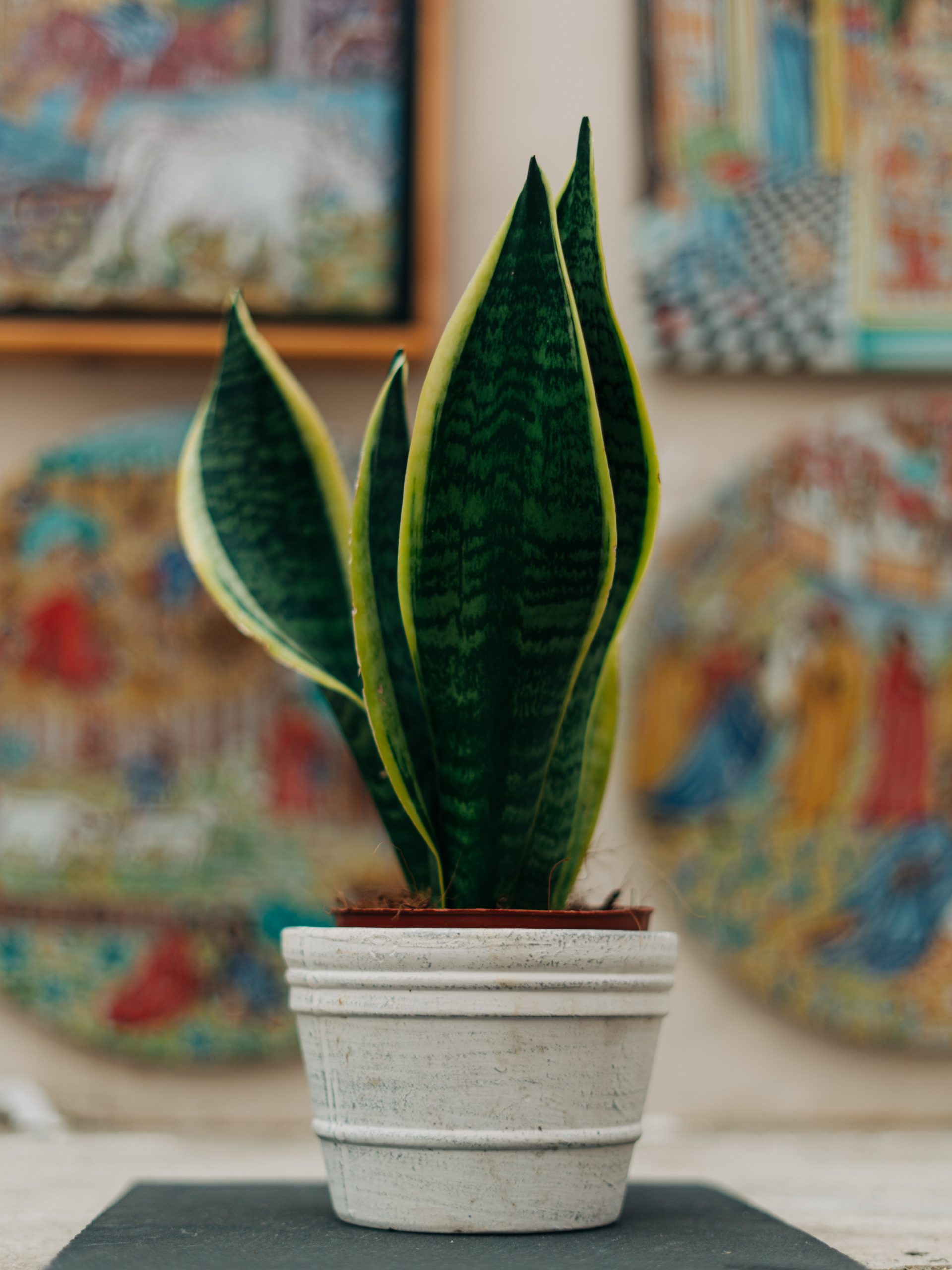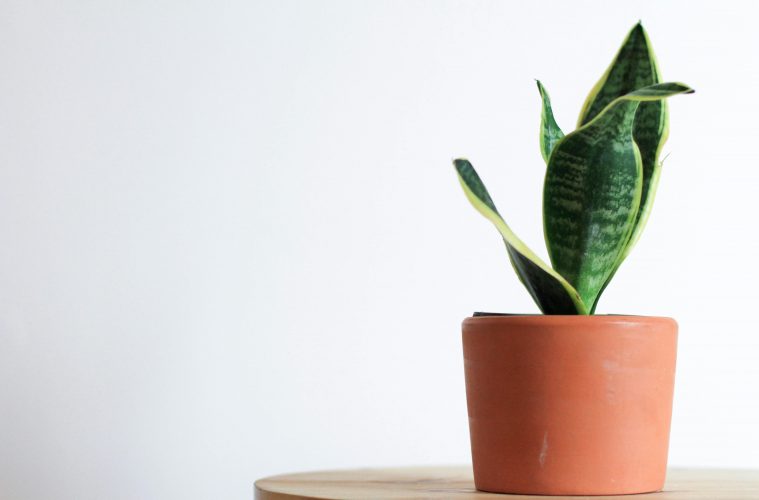Snake plants (Sansevieria) are beloved for their hardiness and striking appearance, making them a popular choice for both novice and experienced plant owners. However, even these resilient plants can show signs of distress.
One common issue is the tips of their leaves turning brown. Understanding the causes of this problem and how to address them can help keep your snake plant healthy and vibrant. Let’s explore the reasons behind browning tips and how to remedy them.
Overwatering
Overwatering is one of the most common reasons snake plant leaves turn brown at the tips. Snake plants are succulent-like and prefer their soil to dry out between waterings. When the soil remains too wet, the plant’s roots can suffocate, leading to brown tips.
Solution: Water your snake plant only when the top inch of soil feels dry to the touch. Ensure the pot has good drainage to prevent water from sitting at the bottom.

Image: Pexels
Root rot
Root rot, often caused by overwatering, can also lead to browning tips. This condition occurs when the plant’s roots sit in water for too long, becoming mushy and unable to take up nutrients.
Solution: If you suspect root rot, remove the plant from its pot and inspect the roots. Cut away any black, mushy roots and repot the plant in fresh, well-draining soil. Adjust your watering routine to avoid future issues.
Fungal diseases
Fungal diseases such as powdery mildew and leaf spot thrive in low-oxygen environments and can cause the tips of your snake plant’s leaves to turn brown.
Solution: Improve air circulation around your plant by placing it in a well-ventilated area. Water the plant less frequently, ensuring the soil dries out between waterings. If necessary, treat the plant with a fungicide designed for houseplants.

Photo: Pexels
Excess sunlight
While snake plants enjoy bright, indirect light, too much direct sunlight can cause their leaves to scorch and turn brown.
Solution: Move your snake plant to a location with bright, indirect light. If you live in a particularly hot climate, consider placing it in a spot that receives filtered sunlight or partial shade.
Hot and dry conditions
Snake plants prefer moderate humidity levels. If the air in your home is too hot and dry, the leaf tips may start to brown.
Solution: Keep your snake plant in a room with temperatures around 21°C. Increase humidity by placing a humidifier nearby or setting the pot on a tray filled with pebbles and water.

Image credit: Unsplash
Improper feeding
Feeding your snake plant too much fertiliser or the wrong type can lead to nutrient imbalances, causing the leaf tips to turn brown.
Solution: Feed your snake plant with a balanced, water-soluble fertiliser every 2-4 weeks during the growing season. Reduce feeding in the winter months when the plant’s growth slows. Follow the recommended dosage on the fertiliser package to avoid overfeeding.
ALSO SEE: WHAT DOES ROOT ROT LOOK LIKE?
What does root rot look like? Here’s how to catch it early enough to cure it
Feature image: Pexels

